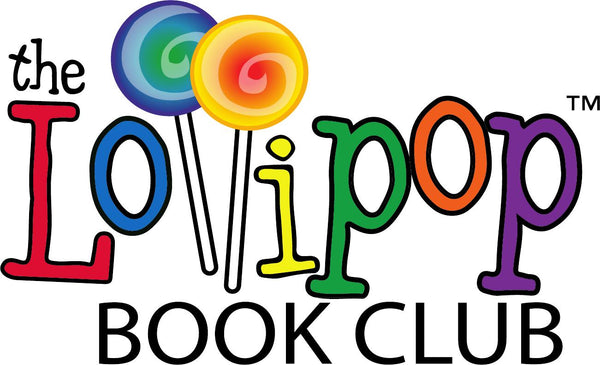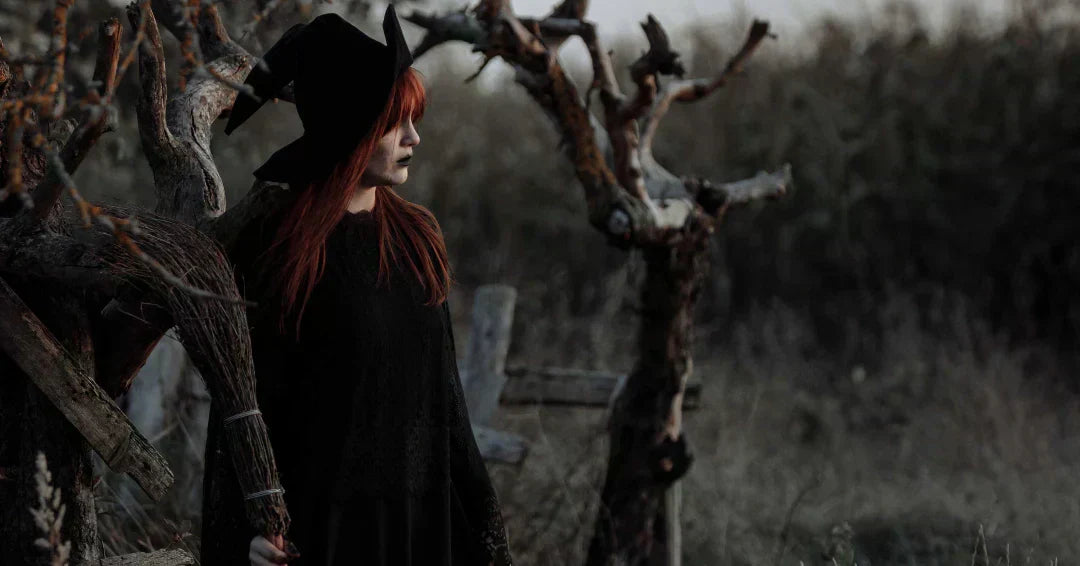Lots of kids like to dress up in costumes for Halloween, complete with pointy black hats, black capes and broomsticks. With faces painted green and perhaps even a large, bent prosthetic nose with a lumpy mole, little ones have a lot of fun getting into character for a fun night of trick-or-treating. But beyond this perception of her appearance, there is so much more to learn about the history, powers, and symbols associated with these spellbinding creatures. Here are some of the most interesting facts about witches that go far beyond a child's basic understanding of their persona.

Everything to Know About the History of Witches
Witches have a long and storied history deeply rooted in cultures around the world. In some parts of history, they were considered evil beings who cast spells and needed to be eradicated from society. People believed they practiced witchcraft, which was against the law, and deserved to be punished or killed. Other historians paint them in a completely opposite light, and considered them healers who used herbs and natural remedies to cure ailing individuals around them. Exploring children's books about witches is a great place to start teaching little ones about the many facets of their favorite Halloween figure, taking them on a more in depth journey into the lives of these complicated figures. Read on to learn more about the history of witches, how they have been represented throughout various cultures, and some other fascinating trivia.
Facts About Witchcraft and Spells Cast by Witches
Kids are often fascinated by witches, spells, and witchcraft, and for good reason! The mystical world, with its blend of the familiar and the mysterious, naturally sparks a child's curiosity. Kids are just built to wonder how things work and what lies beyond what they already know. Witches and magic tap right into that inherent desire to explore the unknown. Think about it: witches and magic have been everywhere in stories for ages! From classic fairy tales and folklore to popular books and shows like The Wizard of Oz, Harry Potter, and Sabrina the Teenage Witch, these concepts are deeply woven into our culture. Because of this constant presence, they feel both familiar and incredibly intriguing to young minds. Ultimately, fantasy offers children a safe playground to explore possibilities far beyond their everyday lives. Witches and magic open up a world of endless wonder where anything can happen. Continue reading to uncover the most intriguing facts about witches that kids will want to know!

(1) Witches appear during Easter in Sweden.
In most countries around the world, witches are typically associated with Halloween. But in Sweden, they are a figure associated with Easter. People believe that Easter witches were released into the world on the very first Maundy Thursday, the day Judas betrayed Jesus Christ. It is believed that the witches flew on broomsticks to an island where they danced with the devil on the day of Jesus' resurrection. Today in Sweden, kids dress up as witches and trick or treat, but they do so around Easter. Their clothing differs from Halloween costumes in that they wear scarves and shawls, and paint their cheeks rosy red with freckles. Kids go door-to-door exchanging homemade cards for candy.
(2) Cats and toads are known as "familiars" to witches.
Other small animals that act as familiars for witches, though less commonly, include ferrets, birds, hares, and rats. In the most basic sense, a familiar is considered a constant companion or guide. A more sinister interpretation is that familiars were given to witches by the devil or inherited from others for the purpose of performing evil acts.

(3) The term "witchcraft" does not always refer to evil.
In fact, it is an umbrella term that refers to both black magic and white magic. As the name implies, black magic is associated with the evil practice of casting spells to harm others. Supernatural powers are harnessed to control events and people with the intent of causing undue damage and harm. However, practitioners of white magic are actually good witches. This type of witchcraft involves casting spells that benefit, heal, and assist the those befallen by illness.
(4) Witches used brooms to sweep away spirits.
Rather, witches always swept the floors clean before a healing ritual. They were used to sweep out not only earthly debris, but also unwanted spiritual objects prior to a ceremony. Brooms were often more symbolic rather than functional, often appearing in pagan dance rituals. For those who wonder how and why they became associated with flying, there is a likely explanation. The broomsticks were often in hallucinogenic chemicals or substances, causing the witches to experience a delusion of riding them high into the sky.
(5) Pumpkins are an important part of witchcraft activities.
Pumpkins, like witches, are closely associated with the evil spirits that appear every Halloween. It is believed that by carving them into jack-o'-lanterns, the harmful spirits are kept at bay. Witches are also known for using pumpkins as part of their witchcraft activities. And some believe that they can even turn people into pumpkins. Kids will love learning more about this seasonal vegetable by reading children's pumpkin books.
(6) The Salem witch trials spread a fear of witches.
In the late 1600s, a widespread belief and fear of witches spread across the small town of Salem, Massachusetts. The people were overcome by a state of both panic and paranoia, and over 200 people were accused of practicing witchcraft. Ultimately, 19 women were executed by way of hanging on Gallows Hill in a dark event marked by fear and misinformation.

(7) Not all witches are Wiccan.
Most Wiccans practice witchcraft as an essential part of their faith. For them, using magic is a way to connect with the divine and shape their reality in line with their spiritual beliefs. Therefore, you could say that all Wiccans are, by their very practice, witches. However, it's crucial to understand that not all witches are Wiccan. Someone can practice witchcraft— which is a broad term for using magic, spells, and rituals—without following the specific religious path of Wicca. Witchcraft encompasses many different traditions, belief systems, and approaches that extend far beyond Wicca.
(8) The term "witch" has transformed into a positive term in Western cultures.
The term "witch" has been actively reclaimed by modern practitioners of witchcraft and various Pagan traditions. For many, it symbolizes a powerful rejection of patriarchal and oppressive systems. Particularly for women, it represents reclaiming agency and challenging the historical persecution associated with the label. This shift also reflects an embrace of Earth-centered spirituality, reverence for the cycles of the natural world, and a deep valuing of personal spiritual experience and inner knowing.

(9) "Witch's Marks" were signs of a pact made with the devil.
In the grim context of historical witch hunts, "witch's marks" were believed to be bodily blemishes or insensitive spots that signaled an individual had forged a pact with the Devil, thus identifying them as a witch. These marks, also called "Devil's marks" or stigma diabolicum, were described in various ways. Witch-hunters looked for a range of imperfections including flat or raised lesions, red, blue, or brown spots (sometimes resembling a flea bite) or marks shaped like an animal footprint.
(10) Modern witchcraft is most commonly associated with healing.
Healing magic is a widely practiced form focused on fostering physical, emotional, or spiritual well-being. Witches might use a variety of tools and techniques for this, including herbs, crystals, visualizations, or energy work to soothe ailments, bring comfort to the sick, or help with recovery. It's important to note that healing magic is typically viewed as a complement to conventional medicine, not a substitute.




